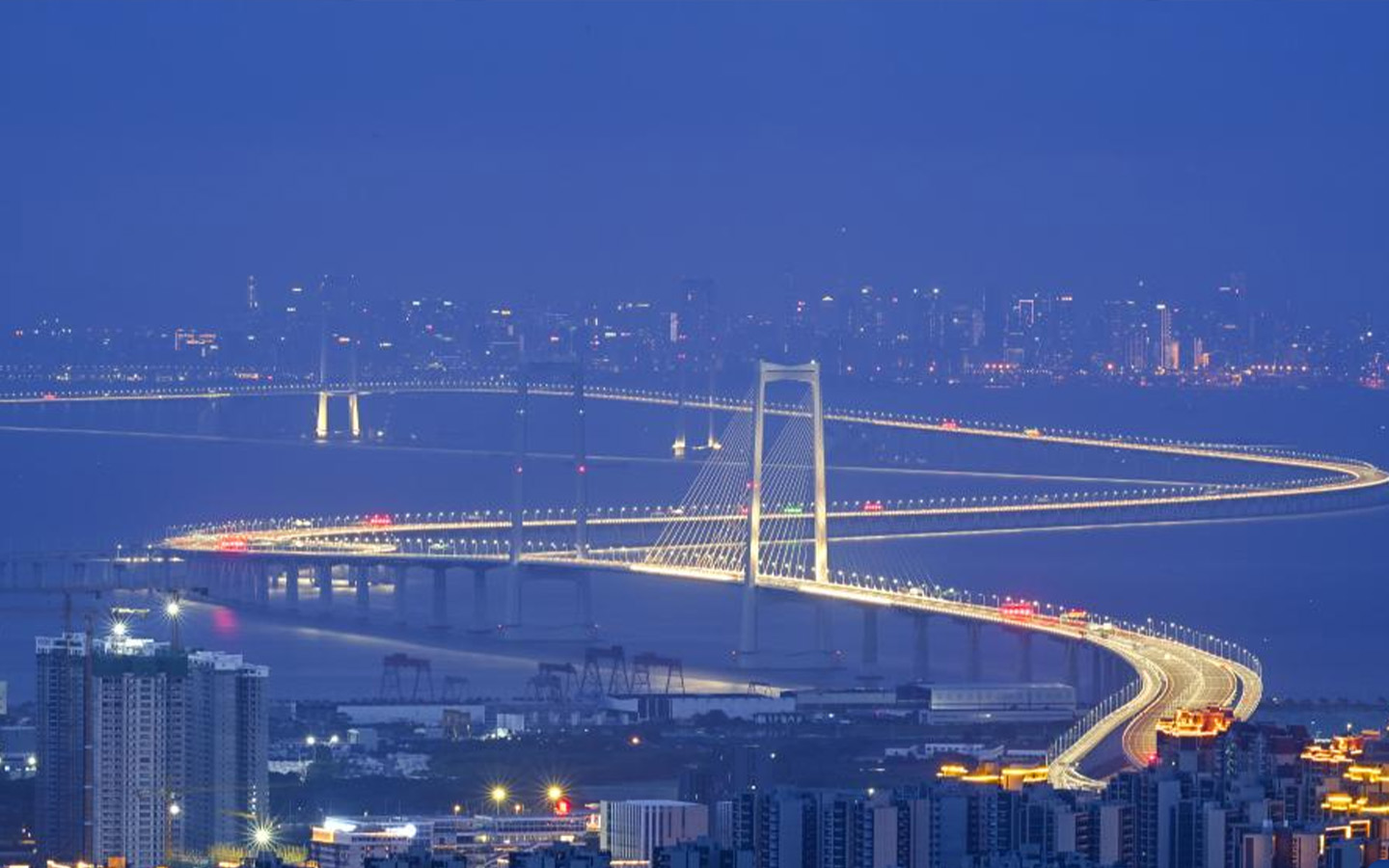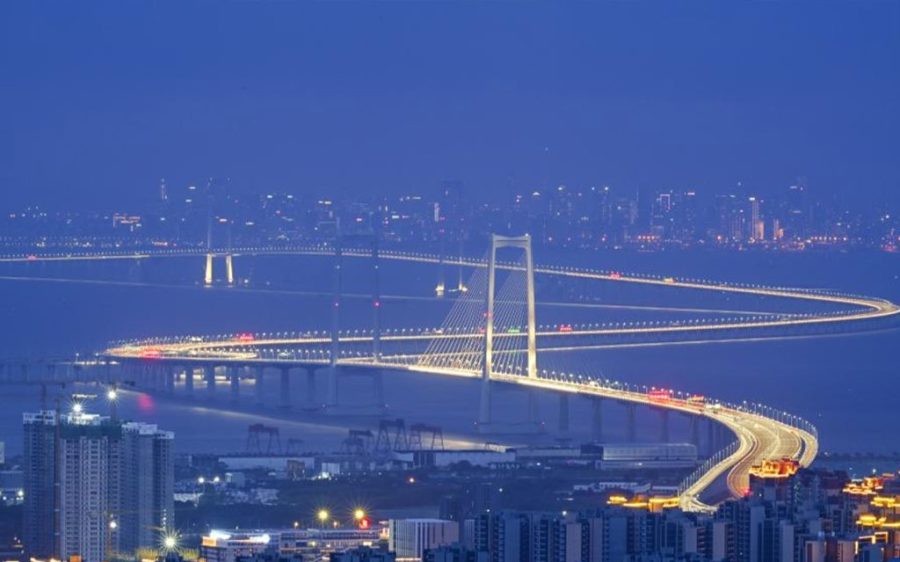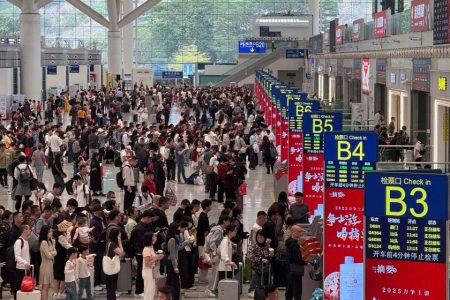Since opening on 30 June last year, the Shenzhen-Zhongshan Link has strengthened regional integration within the Guangdong-Hong Kong-Macao Greater Bay Area (GBA), China Daily reports.
Its main benefit has been increasing cooperation between the east and west banks of the Pearl River Estuary, according to the executive vice-president of the China Development Institute, Guo Wanda. Beyond cutting travel times between the mainland cities of Shenzhen and Zhongshan from two hours to 30 minutes, the 24-kilometre cross-sea link serves as a gateway for passenger and goods flow between Zhongshan and Hong Kong, he noted.
A number of Shenzhen companies are also shifting their production to Zhongshan, a manufacturing hub. Guo said that the latter’s ongoing integration with Shenzhen’s information technology industry could eventually shift the industrial divide between the two cities. He added that the west bank’s lower cost of living and plentiful land resources should also see it attract more talent from the east.
[See more: The 24-hour Hong Kong-Shenzhen checkpoint will be completed this year]
Guo also pointed out that traffic congestion was a pressing issue for the link, however. He called for improvements in regional transport offerings in the forms of new cross-boundary railways and low-altitude solutions (such as drones).
The link currently handles around 86,000 vehicle trips per day. In its first year operating, traffic volumes exceeded 31.55 million vehicles.
Comprising two bridges, two artificial islands and two-way eight-lane tunnels, the Shenzhen-Zhongshan Link took 7 years to build and cost 44 billion yuan (US$6.14 billion). It is the third transport corridor to cross the Pearl River Estuary, following the Humen Bridge and the Hong Kong-Zhuhai-Macao Bridge.






